Morio Sumisu joins the UWH promotion as a freelancer. There he has to fight Osamu Mito, Kazuki Yamamoto and Great Panther.

UWH is based on the second iteration of UWF. The original Universal Wrestling Federation was formed by Hisashi Shinma, Senior Manager of NJPW, in 1984. According to Akira Maeda, the new promotion was actually a clumsy attempt by Antonio Inoki to secure multiple TV contracts.
At the time, NJPW, which was tied to TV Asahi, was going through a coup, with Shinma and Inoki both being dismissed from their managerial roles due to Inoki’s failing business ventures.
As such, they pushed for the creation of a secondary promotion that wrestlers would gradually migrate to in order to secure a contract with both Fuji TV and TV Asahi; Akira Maeda was asked by Inoki to go first, and he announced his intentions of joining UWF after winning the WWF International Heavyweight Championship on March 25th 1983. The promotion was then established in 1984 with a focus on legitimate techniques and realism, and several NJPW talents started migrating; However, the internal coup in NJPW was resolved by a mandate from TV Asahi, who refused to do business with NJPW unless Inoki was restored to his former position.
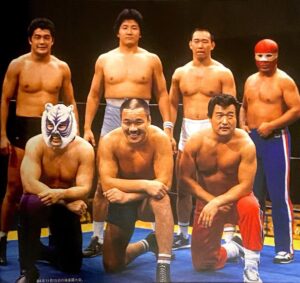
Because of this, UWF folded the following year, with all their talent returning to NJPW. However, the style developed within its 18 months of life would persevere inside NJPW as U-kei. This style, which rejected rope work and traditional wrestling techniques, created tension within the ranks of NJPW, and at the same time, Maeda made his resentment towards Inoki known by refusing to partner with him in certain business ventures.
This came to a head in a November 1987 match between the UWF faction and Heisei Ishingun (Heisei Shogunate in Fire Pro). The match had to be stopped because Maeda kicked Riki Choshi (Hurricane Rikimaru) in the face, breaking his orbital bone. Maeda insisted that he properly signaled the kick to Choshu by tapping on his shoulder, but this resulted in Maeda’s indefinite suspension. Management offered to lift it in exchange for Maeda going to Mexico and learning Lucha Libre, but he refused and left the promotion.
In 1988, he founded the Newborn UWF with Nobuhiko Takada (Nobuhisa Sanada) and others, which went on to inspire Champion Road’s UWH.
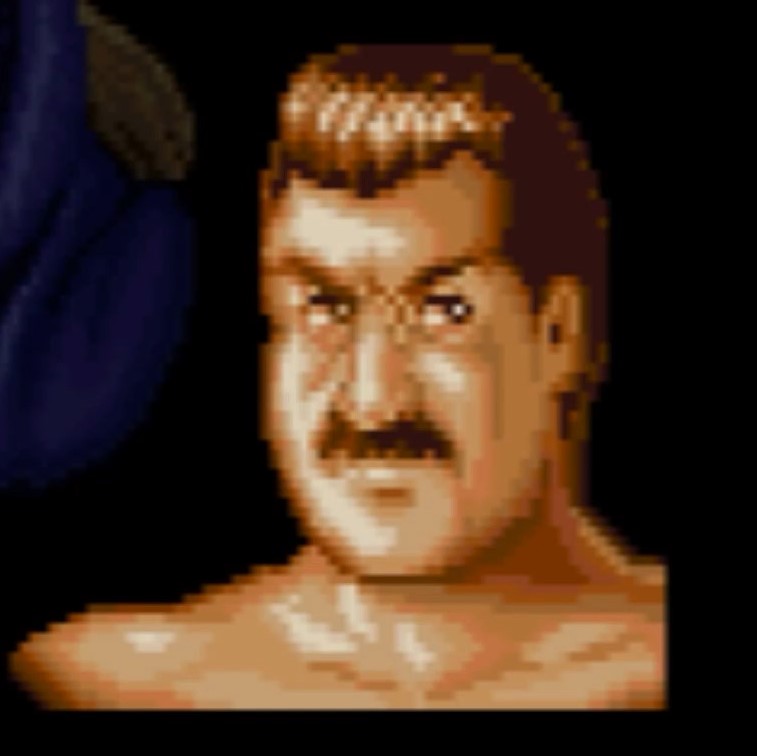
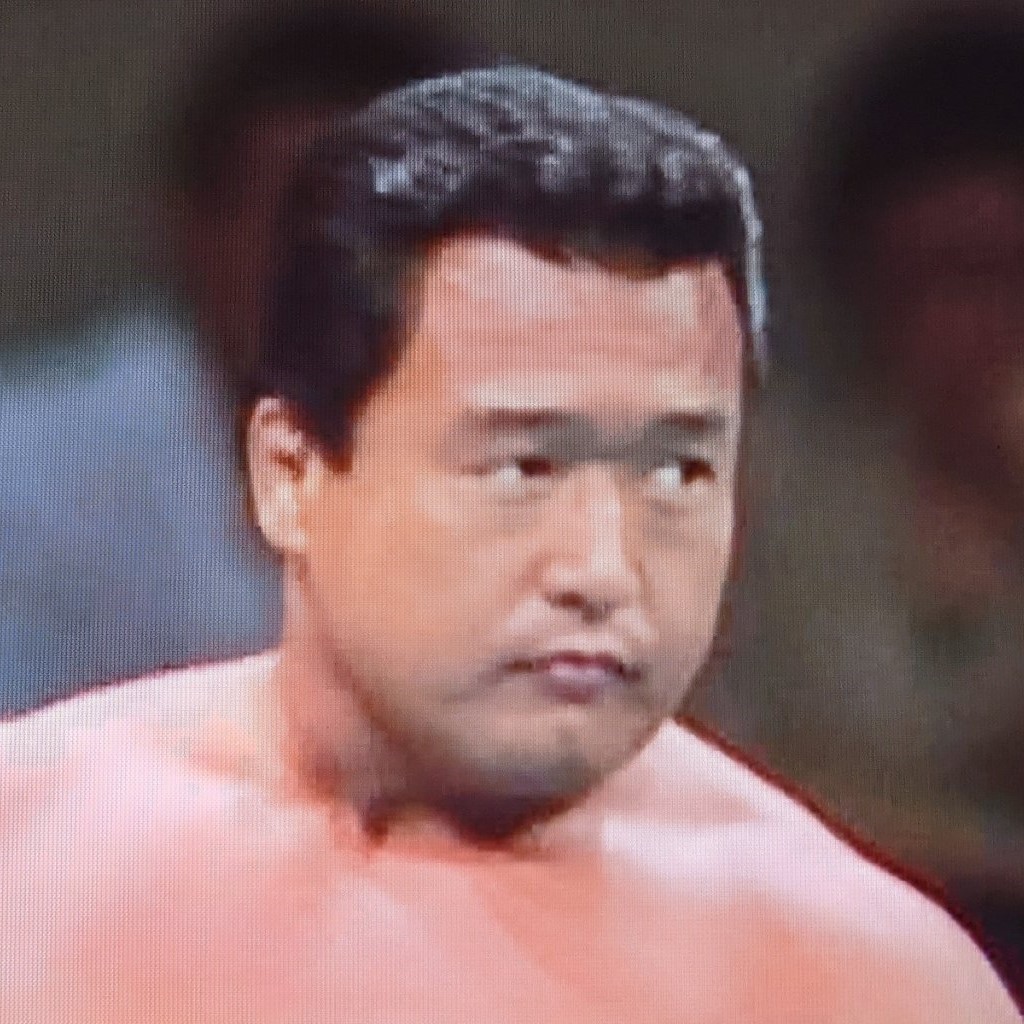
Sumisu’s first opponent, Osamu Mito, is based on Osamu Kido. He began wrestling in 1969 under Japan Wrestling Alliance (Big Japan Wrestling) and was one of the first to follow Inoki into NJPW in 1972. In 1975, he was sent to Europe alongside Tatsumi Fujinami (Fighter Yamato), and afterwards, he went to the USA to train at the dojo of Karl Gotch (Carlos Krauser), who described him as “my son” and “the man closest to my realm.”
He was known for his quiet personality and his sober fighting style.
His second opponent, Kazuki Yamamoto, was based on Kazuo Yamazaki. When the game refers to his trainer, a man who lived life as he saw fit, it’s likely referring to Satoru Sayama, the original Tiger Mask, for which he served as attendant. His fans, who nicknamed him Yama-chan, would cheer for him even when he was booked as a heel due to his reputation as a good guy.
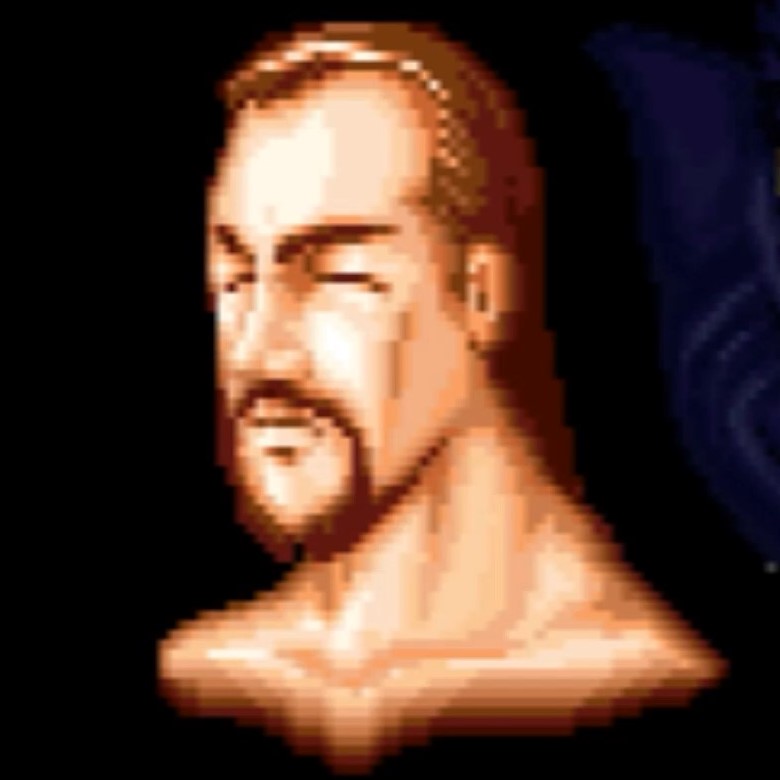
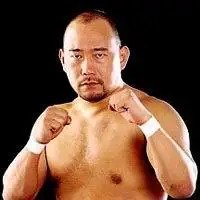
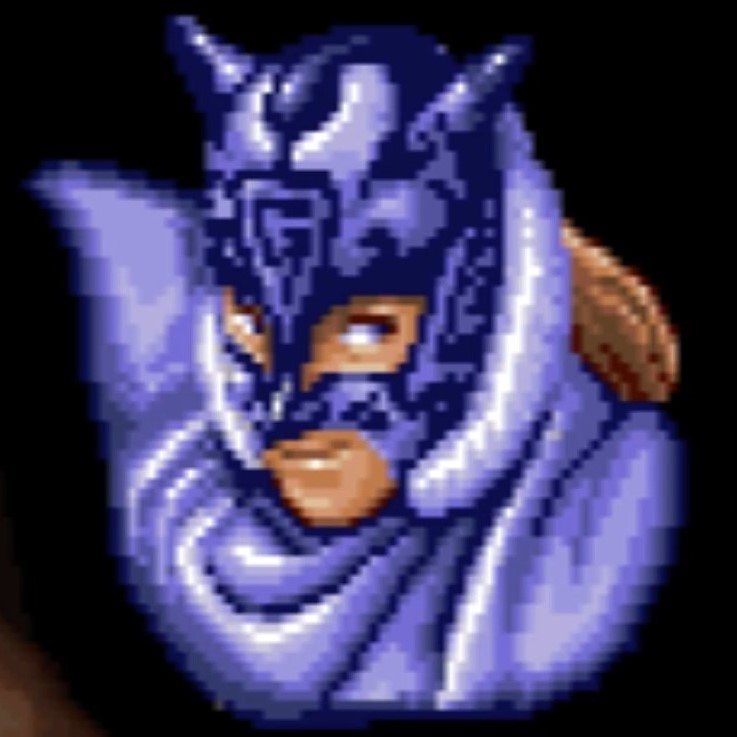
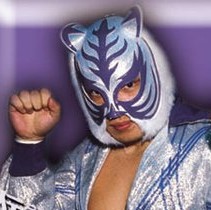
Greath Panther, Sumisu’s final opponent in this chapter, is based on Satoru Sayama, specifically on his Super Tiger gimmick which he donned in UWF to avoid copyright conflicts. While Champion Road’s UWH storyline is generally based on the second iteration of UWF, history is twisted here, as Sayama only took part in the original 1984-1985 run, during which he came into conflict with Akira Maeda over hogging too much of the spotlight and booking himself as the winner in every match.
He had Maeda suspended by claiming that he had kicked him in the groin (when it actually was a lower-abdomen kick). This exacerbated the pre-existing rift between Sayama and the other talents, who resented his methods as they were chasing a more authentic form of Pro Wrestling, which led to him leaving the promotion in 1985 before it folded back into NJPW.
It was then that he left the world of Pro Wrestling altogether, instead focusing on real martial arts by founding Shooto, a mixed martial art organization, an evolution of the Shoot Style Wrestling that was being developed in UWF.
